Once you see that first tooth, it’s time to start brushing
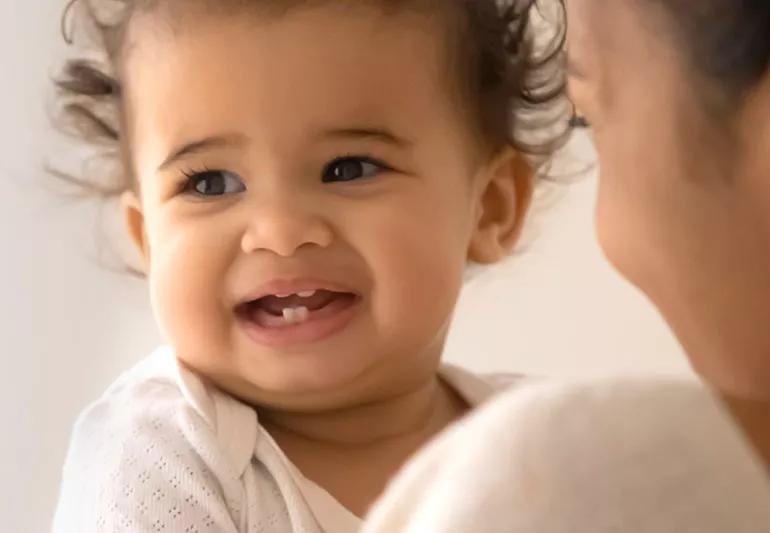
If there’s drool constantly hanging from your baby’s chin and they’re suddenly wanting to put everything in their mouth, it’s a good sign your baby’s first tooth is probably on its way.
Advertisement
Cleveland Clinic is a non-profit academic medical center. Advertising on our site helps support our mission. We do not endorse non-Cleveland Clinic products or services. Policy
While you might be focused on easing your baby’s gum pain and keeping them as comfortable as possible while teething, it’s also important to start thinking about taking care of those little pearls.
Here’s why: If a baby has teeth, those teeth can get decay and cavities. And children with cavities in their baby teeth are more likely to get cavities in their permanent teeth. So, it’s important to start your children’s dental care routine early, says dentist Anne Clemons,DMD.
How do you go about doing that? Dr. Clemons has some pointers on children’s dental health and how to take care of your kid’s teeth.
It’s important to know that one of the reasons some children are more prone to developing cavities is because of a bacteria called Streptococcus mutans. It’s the main culprit behind tooth decay because it feeds on sugar and creates acid that dissolves the protective enamel on teeth.
When it comes to newborn oral care, babies aren’t born with this bacteria, but studies have shown that they can acquire it early on through the saliva of their parent or caregiver.
“If you’re kissing a baby on the lips or sharing a spoon or using your mouth to clean off her pacifier, that can cause a child to acquire Streptococcus mutans,” Dr. Clemons explains.
Advertisement
And the more cavity-causing bacteria in the adult’s mouth, the more cavity-causing bacteria baby is going to get.
“When it comes to pediatric dental care, we encourage parents or any other adults not to use their mouth to clean off a pacifier or share eating utensils or a toothbrush,” Dr. Clemons says.
Feeding habits can contribute to the health of a baby’s teeth, too. Babies who fall asleep with a bottle full of milk or juice in their mouth, or with a pacifier that’s been dipped in honey or sugar, may be at risk for baby bottle tooth decay. This happens when sugar collects around their teeth while they’re sleeping and feeds Streptococcus mutans bacteria, resulting in decay.
So, what should you do for infant oral care? Once a baby’s first tooth comes in, it’s time to start brushing it. Use a small, soft toothbrush with a tiny smear of toothpaste on it — the American Dental Association (ADA) recommends a dollop about the size of a grain of rice until age 3 — and gently brush all around their teeth.
Children should also start visiting the dentist by either their first birthday or six months after their first tooth erupts.
Until your little one develops the skills to brush their own teeth, you’ll need to lead the charge.
For young toddlers, Dr. Clemons recommends sitting cross-legged and having your child recline in your lap looking up at you. This gives you good access to the back of their teeth.
If your toddler isn’t cooperative, giving them something to play with or watch can be a good distraction.
At this point, you should be brushing twice a day and clearing excess toothpaste with a piece of gauze until the child learns to spit.
Once your child can spit, you can start putting a slightly bigger, pea-sized dollop of toothpaste on the toothbrush. Children ages 3 and older should brush twice a day for two minutes each time.
You should continue to supervise your child’s dental routine until age 8. Before that age, they may not have the manual dexterity needed to reach all of the areas of the mouth.
If your child is still sucking their thumb beyond age 3, the American Academy of Pediatric Dentistry recommends talking to your pediatric dentist about it, as it could lead to crooked teeth or bite problems.
The ADA also recommends replacing a toothbrush every three to four months and making regular visits to the dentist.
Developing good oral care habits as soon as that first tooth sprouts can help keep your kid cavity-free, set the stage for a lifelong healthy smile and emphasize the importance of your child’s dental care.
Advertisement
Curious about how to stop tooth decay? Dr. Clemons recommends the following to prevent children’s cavities and rotten teeth:
You should begin flossing your child’s teeth as soon as there are two teeth side by side. Floss gently between the teeth once a day. Children usually can begin flossing on their own by about age 10.
“As soon as they have teeth that are in contact with one another — it’s usually the molars in the back, and for most kids, they come in around age 3 to 4 — the parent needs to be actively flossing their children’s teeth,” Dr. Clemons states.
When it comes to what your child eats, you want to limit how much candy, sugary foods and snacks your child eats. Sugary and sticky foods attract bacteria, which, again, can cause cavities. You should also avoid giving your child sugary drinks like regular soda pop. Soda pop contains large amounts of sugar, which can also produce cavities.
Overall, it’s vital that you help your child develop good eating habits. Choose a variety of healthy foods for family meals. Be sure to include good sources of calcium like milk, broccoli and yogurt. And make sure you brush your child’s teeth after every meal.
You also want to be sure to brush your child’s teeth after giving them medicine. Medicines like cough syrups contain sugar, which makes the mouth produce acids. These acids can eat away at the protective top layer of the tooth.
Advertisement
Fluoride protects your kid’s teeth, and using it early will provide extra protection for developing teeth. Fluoride helps strengthen the enamel on teeth so they’re able to resist decay.
The fluoride isn’t harmful to children’s health, but when developing teeth get too much of it, they can take on a chalky white appearance known as dental fluorosis.
Find out if your tap water contains fluoride by calling your local water authority. If your tap water doesn’t contain fluoride, ask your doctor if supplemental fluoride drops would be appropriate for your child.
Remember that as your child grows, it’s vital that they visit their dentist regularly. Your child should have their first dental visit any time from when the first tooth erupts but no later than age 1. Getting regular dental checkups will help prevent dental issues.
“It’s important that both oral healthcare at home and regular visits to the dentist become a normal, routine part of the child’s life,” encourages Dr. Clemons. “This can help set them up for a lifetime of healthy habits and start to build a comfortable relationship with their dentist and a familiarity with dental care from the very beginning.”
Advertisement
Learn more about our editorial process.
Advertisement

An allergist can help you make a plan that includes information about what to do in case of an allergic emergency

Lead with empathy, involve other caregivers, and teach them how insulin helps them live a long and healthy life

Early weight gain can lead to health issues like heart disease, diabetes and cancer
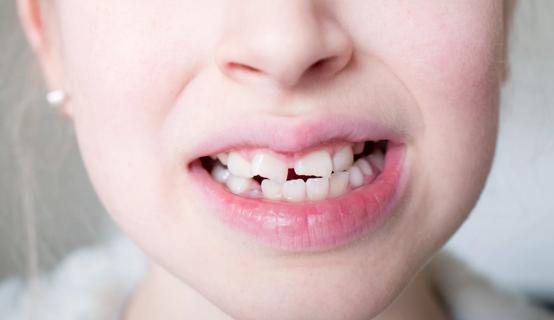
A dental emergency, quick action is key to preventing long-term damage

Severe and debilitating headaches can affect the quality of your child’s life
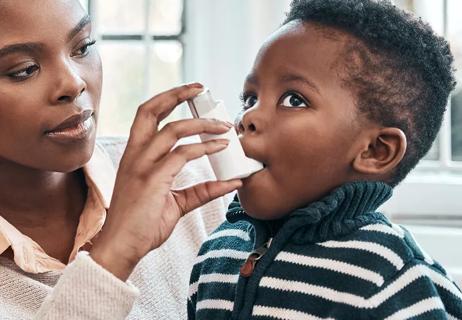
Asthma-proof your home, keep notes and (try to) be patient with long-term treatments
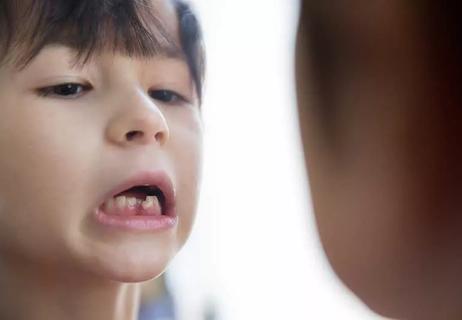
Time is of the essence — contact your child’s dentist immediately
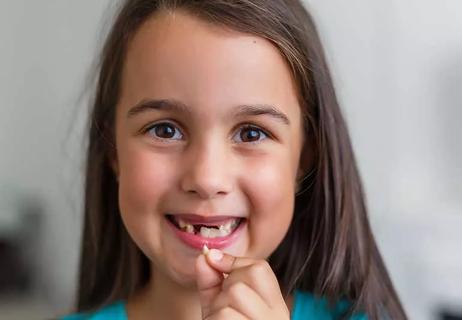
The earlier they come in, the sooner they fall out

Leg-related symptoms indicate DVT, while chest symptoms point to a pulmonary embolism

There are many different ways to love someone and yourself

Looking down at your smartphone or computer screen can stress muscles in your neck, shoulders and back